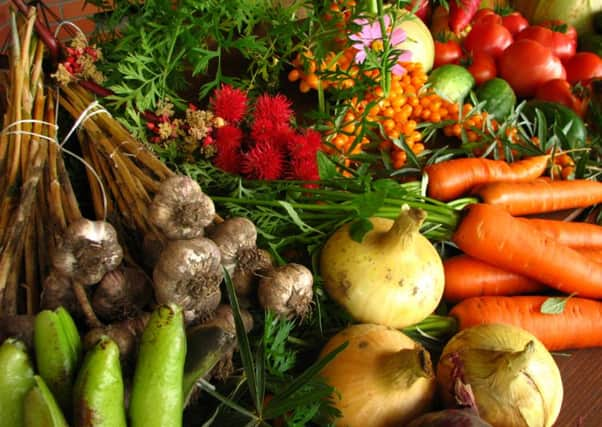Recognising the fragility of nature


I feel amazingly privileged to be surrounded by such beauty, whether it is the rural, natural beauty of the Isle of Wight or Hayling Island or the Meon Valley, or the industrial and urban beauty of Portsmouth and Gosport.
Increasingly the church, like the rest of society, is beginning to recognise the preciousness and the fragility of our natural environment.
Advertisement
Hide AdAdvertisement
Hide AdWe are being challenged to think about how we are guardians and stewards of our environment, and this has led to some interesting projects in the churches.
There is a medieval church in the northern part of the diocese that has just been given permission to put solar panels on its roof – a wonderful example of green 21st century technology being used to enhance and serve an ancient building.
There are churches dotted around the diocese where those responsible for the upkeep of graveyards have introduced conservation techniques into their work: leaving wild areas for birds and insects, planting flowers that will attract bees, providing a safe water source for frogs and tadpoles and fish, which in turn attract herons.
Of course, sometimes nature has its own ideas about how to take advantage of our buildings.
Advertisement
Hide AdAdvertisement
Hide AdA friend of mine was absent-mindedly looking round a church during a service he attended, and spotted five different kinds of insects sharing the building.
Initiatives to help wildlife flourish – ideally in ways that don’t do any damage to the fabric of ancient church buildings – are important ways in which the church can contribute to conservation.
But there are other ways in which to cut down on air miles and support the environment in this area – ways in which we can all share.
As well as being beautiful, Hampshire and the Isle of Wight also produces some amazing locally-grown food.
Advertisement
Hide AdAdvertisement
Hide AdWe have cheese and meat, garlic and watercress, locally produced ale and cider and even wine from local vineyards.
The food and drink produced in this area is amazing, the scenery is stunning. So please join with me in whatever practical ways you can, in honouring the created world in this place and passing it on intact to future generations.